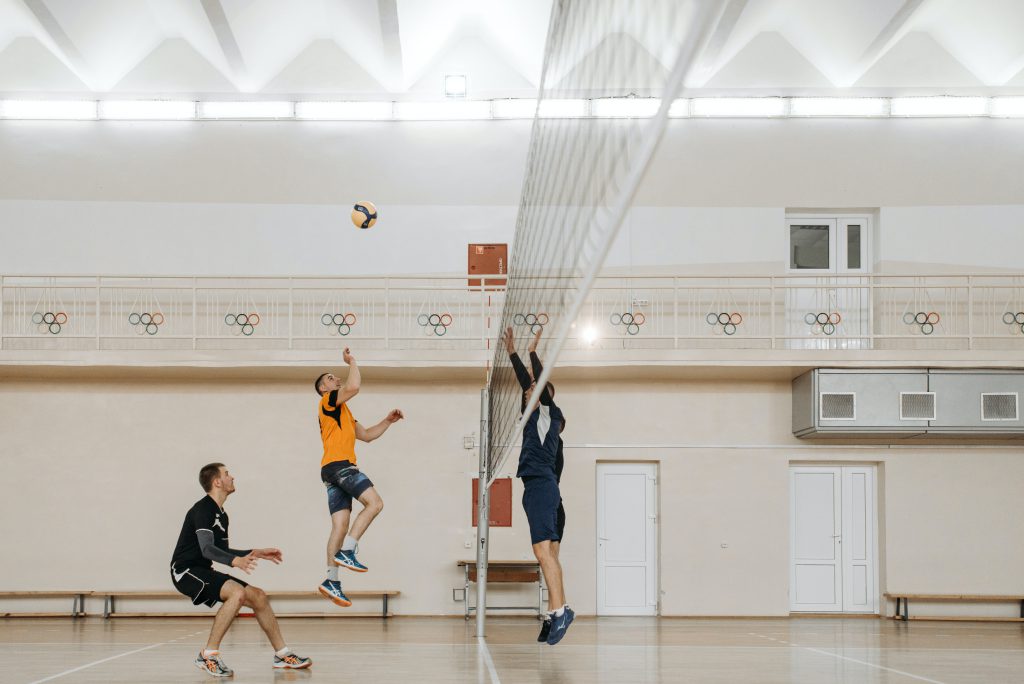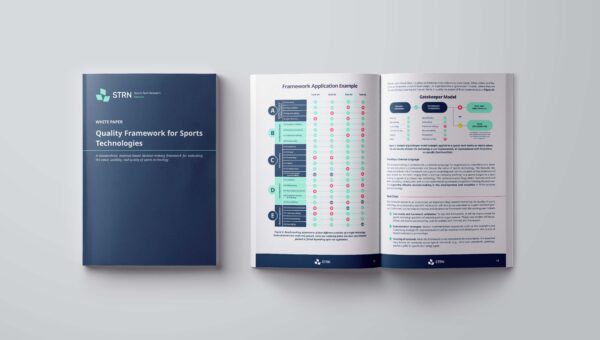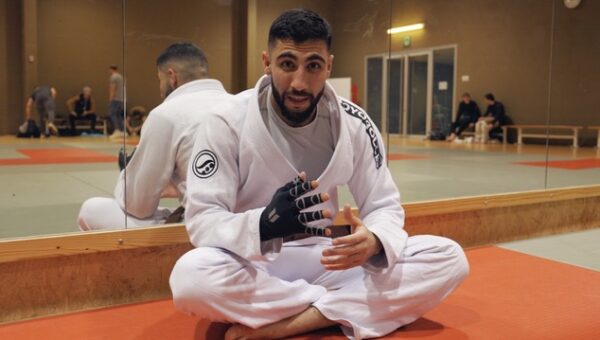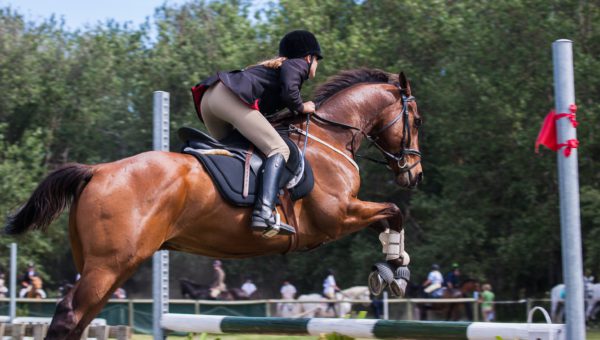A team of researchers at Ghent University and KULeuven, including Victoris member prof. dr. Roel De Ridder, have teamed up to address the problem of overuse injuries in players of team sports with a significant jumping component. The first phase of this study will examine the population for whom this is most prevalent, which are adult male volleyball players who play at a provincial or national level.
Is this really a problem worth solving?
In physical team sports, there is a precarious balance between improving performance and avoiding injury, constantly pushing the limits of what is permissible. The risk of overuse injuries is therefore very high, with volleyball being the sport that has the most jump-associated injuries at the lower limb. Clubs therefore have every interest in tracking loads on their players. The primary goal of this project is to monitor the load of the players in a meaningful way, specifically within the volleyball context.
Advanced technology is often relied upon to accurately monitor player loads. The problem for most jump sports such as volleyball and basketball is that those systems are too expensive for the limited budgets available, they are labor intensive and require a great deal of additional dedication from staff and players, commercial interests take precedence over a sound validation of the technology. Also, the sport-specific evidence around the role of jump loading on the effective development of overuse injuries is still largely lacking. In other words, the technology that is available for jump sports is still an expensive way to deliver data of which there is limited knowledge of whether it is reliable and even less knowledge of whether it is useful at all.
So the question is whether there is an inexpensive and time-efficient way to monitor jump loads that is validated in terms of method, and where the interpretation in terms of injury risk can be based on scientific evidence?
How to prevent jump-associated overload injuries?
Why would it not be possible to make a sufficiently accurate estimate for each player based on his individual training diary and match reports of fluctuations in jump load?
Such a personalized training diary could be established by considering each workout as a sequence of training blocks, with each block assigned a particular load. This data, which can be relatively easily available, then becomes a personalized load barometer to estimate the risk of overuse injuries. More specifically, these personalized training diaries will be documented in an online platform, Panega Sports, to make an accurate estimation of player-specific fluctuations in training load during the entire season in order to continuously monitor load and prevent overuse injuries. This can only be done if such a diary method is validated against advanced techniques with wearable sensors, and more importantly, if this affordable barometer can help estimate the risk of developing an overuse injury.
Therefore, in our study, about 13 male volleyball teams are observed for 1 season to collect data about training and match load and injuries. There will be no interference with the training sessions. The research team has access to the implemented training schedules and injury records.
A collaboration with Flemish ‘Volley Vlaanderen’ federation ensures sufficient data regarding overuse injuries that occur more often at higher competition levels. For all levels below the highest volleyball league, players would go through a physical screening at the Jacques Rogge Sports Science Laboratory in Ghent to document person-specific risk factors as much as possible. For teams at the highest league, that screening would be optional.
What are the next steps in this project?
Currently, data on load and injury is being registered till the end of the ongoing season 2022. The next step in this project is to analyze the available data on training load based on accelerometry and the training diaries by ascribing a certain training load to specific parts of a volleyball training session. This will allow coaches to make an estimate of the workload when assembling a training session and keep track of the fluctuations in load throughout the season. In addition, available load data, together with the biomechanical analysis of jump specific tasks will be linked to the incidence of overuse injuries during this season.
This inter-university project has the ambition to eventually shift the balance a little more towards improved performance and reduced injury risk in players in jump-related team sports. This is a very ambitious project to support the daily work of coaches with new scientific evidence.

- Are you interested in this load monitoring platform and want to know more about it or about the people behind it? Do not hesitate to contact Prof. dr. Roel De Ridder or Kristof De Mey.
For all your general questions, contact us through our website!





